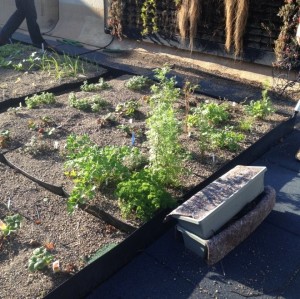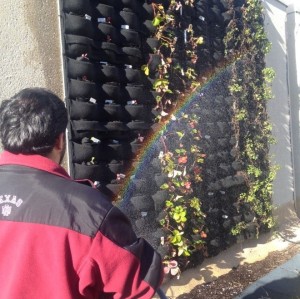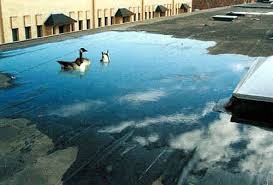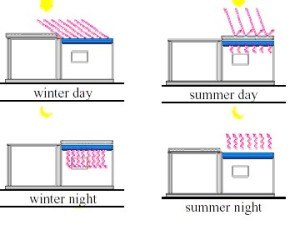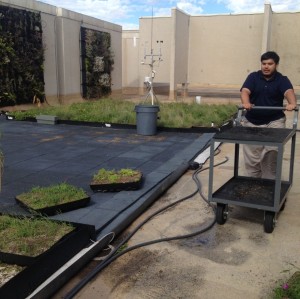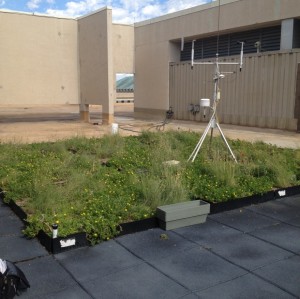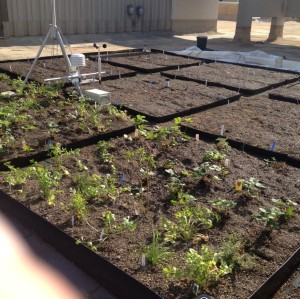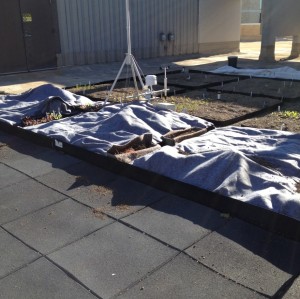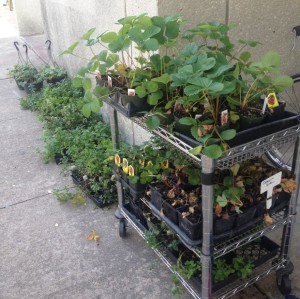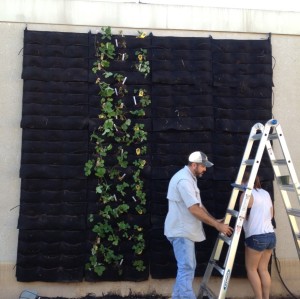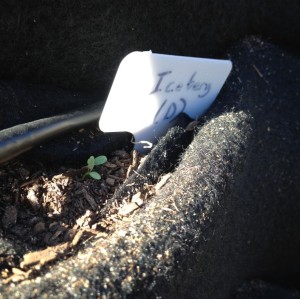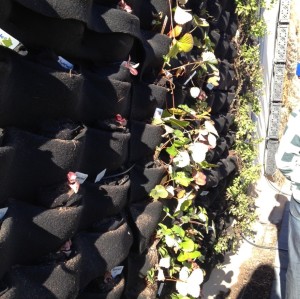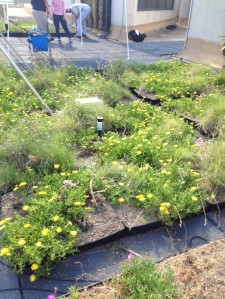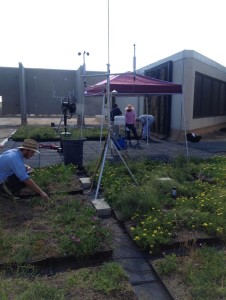Blog #3 – December 10, 2014
The weather for the last part of the semester has been true to Texas, bipolar and hard to predict. It has varied from being beautiful one week to being unbearably cold the next. Through this roller coaster of weather, we fixed and placed the sensors that collect data on the living walls. In addition, we took plant counts on the living wall that we planted with numerous herbs and strawberries and the green roof module that we planted with food crops and herbs. I am happy to report that most of our plants are alive and well, I just hope to find them the same way once the winter is over!
I also decided to include some of my own research in this final blog. As I was researching wetland plants for one of our living wall modules, I stumbled upon the idea of a roof pond. I found this idea very intriguing as we live in a place where air conditioning is very important in the summer (aka it gets HOT here). Roof ponds help with decreasing the impact of direct solar heat upon the building and actually help cool the building as when water evaporates, it absorbs heat from the surrounding environment to get enough energy to cause evaporation. Roof ponds would be a beautiful edition to a green roof as you could plant water plants in the pond. I find these ponds very interesting and am going to continue researching them further.
This is my last blog for this semester, but I will hopefully be returning to the roof and blog next semester as I have thoroughly enjoyed this project!
